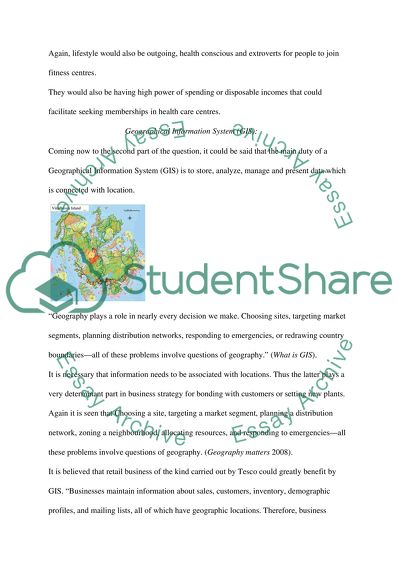Cite this document
(“Supply Chain Management Essay Example | Topics and Well Written Essays - 2250 words - 2”, n.d.)
Supply Chain Management Essay Example | Topics and Well Written Essays - 2250 words - 2. Retrieved from https://studentshare.org/miscellaneous/1553636-supply-chain-management
Supply Chain Management Essay Example | Topics and Well Written Essays - 2250 words - 2. Retrieved from https://studentshare.org/miscellaneous/1553636-supply-chain-management
(Supply Chain Management Essay Example | Topics and Well Written Essays - 2250 Words - 2)
Supply Chain Management Essay Example | Topics and Well Written Essays - 2250 Words - 2. https://studentshare.org/miscellaneous/1553636-supply-chain-management.
Supply Chain Management Essay Example | Topics and Well Written Essays - 2250 Words - 2. https://studentshare.org/miscellaneous/1553636-supply-chain-management.
“Supply Chain Management Essay Example | Topics and Well Written Essays - 2250 Words - 2”, n.d. https://studentshare.org/miscellaneous/1553636-supply-chain-management.


